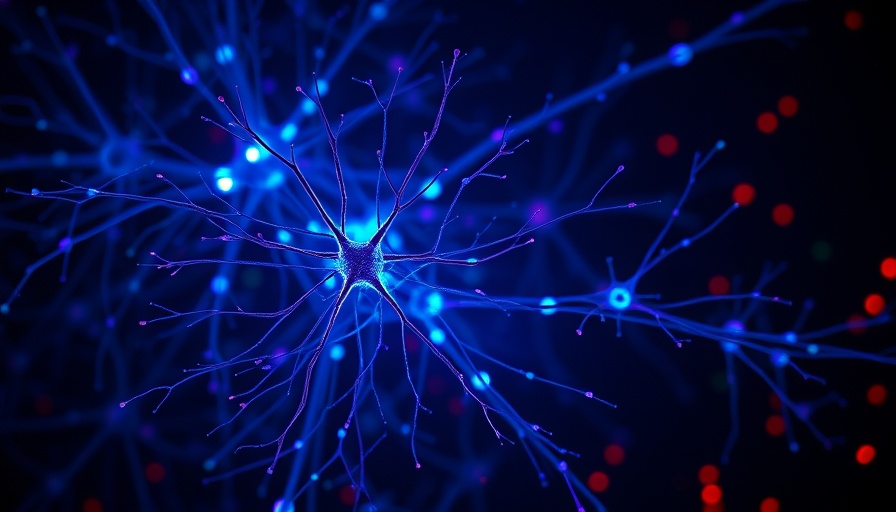
A New Perspective on Brain Healing
In the intricate framework of neuroscience, the quest for answers to brain disorders reveals more than the pursuit of treatment; it presents a call for innovation in thinking about these complex conditions. In her impactful book, Elusive Cures, neuroscientist Nicole Rust shares her journey while critiquing the stagnation in effectively treating disorders such as Alzheimer’s and Parkinson’s disease. As the medical community grapples with the disproportionate rate of untreated brain disorders, Rust suggests a shift towards viewing these ailments as complex dynamical systems will open doors to new breakthroughs.
Understanding the Stagnation: Key Questions Explored
Why does progress in treating brain disorders seem so elusive? For decades, researchers have unearthed crucial facts about the brain. They have identified genetic markers linked to conditions like Alzheimer’s but have struggled to translate this knowledge into viable treatments. Rust emphasizes the journey of Carol Jennings, who pinpointed the Alzheimer's gene, yet still searches for solutions many years later. This contradiction highlights a critical question: how can we bridge the gap between discovery and application?
A Shift in Paradigms: Complex Dynamical Systems
One of the pivotal messages in Rust’s book is advocating to redefine our approach to brain research. By considering brain disorders not just as static problems to be solved, but as dynamic systems influenced by numerous interacting factors—genetics, environment, social context—the potential for breakthrough innovations can expand. This aligns with contemporary trends in other sciences that have successfully implemented systems thinking in their methodologies.
Hope Against Dependency: Inspirational Case Studies
Rust brings attention to the poignant stories of individuals like Travis Rieder, who navigated addiction, and Benjamin Stecher, who advocates for Parkinson’s awareness. The contrast between personal victories over systemic failures underscores the urgent need for actionable solutions within the neuroscience community.
The Enthusiasm of Progress: Why Change Is Possible
Even amidst the challenges, hope remains a defining element in Rust's outlook. The advancements in biotechnology, computational methods, and non-invasive imaging stand as a testament to the potential for transformation. The optimism derived from the integration of multiple disciplines may indeed pave the way for substantial progress. Rust conveys that reflecting on past approaches while adjusting current methodologies could lead to real change.
Looking Ahead: The Future of Brain Research
As we stand at the crossroads of possibility, the integration of systems thinking and a commitment to understanding the complex nature of brain disorders offers a path forward. Rust’s insights serve not merely as a narrative, but as inspiration for researchers and healthcare professionals alike. The acknowledgment of the need for adaptive strategies can potentially mark the commencement of a new era for brain health.
In conclusion, as the neuroscience community contemplates these critical questions and innovative approaches, there lies an opportunity for profound changes that could enhance treatment strategies and ultimately improve lives. Embracing Rust’s vision amid the winding road of brain research can illuminate pathways previously obscured.
 Add Row
Add Row 

 Add
Add 


 Add Row
Add Row  Add
Add 
Write A Comment